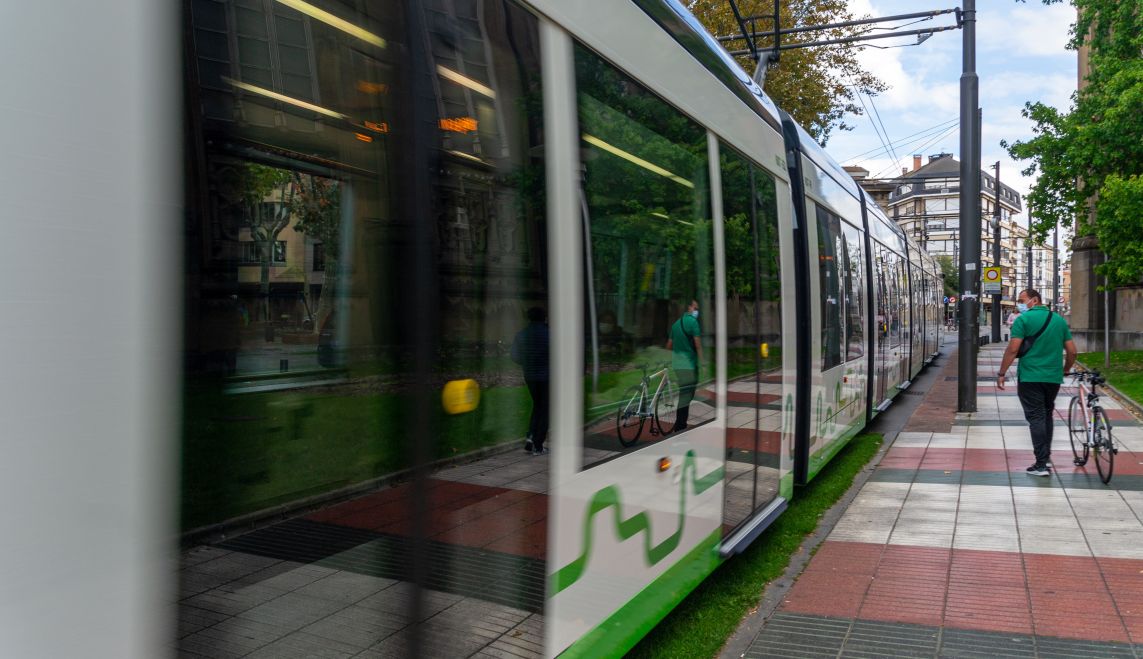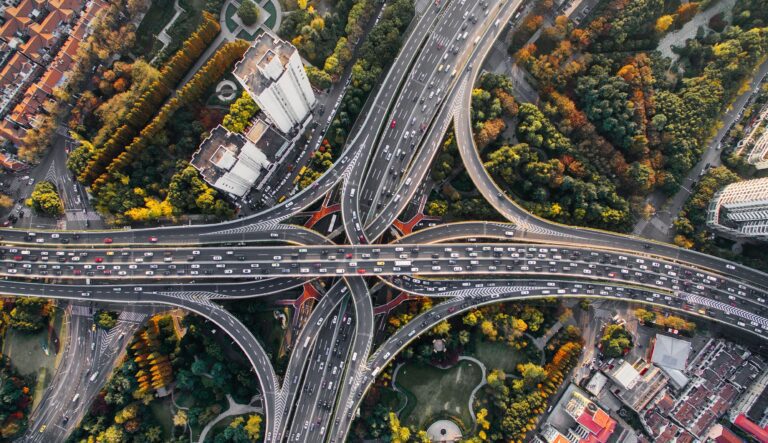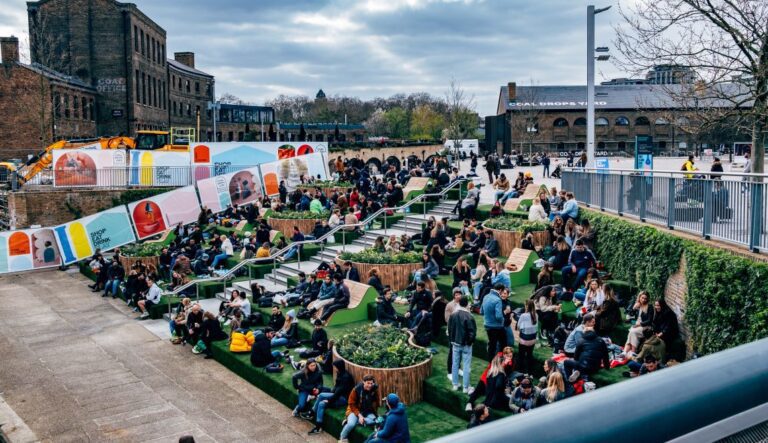
The dynamic nature of urban development has made mobility one of the main challenges for local governments. Due to the significant impact of transport on sustainable development, health, economics and quality of life, improvements in transport can address many urban problems simultaneously. Shifting the dominant mode of transport in a city from private cars to alternative transport (e.g. public transport, rail transport, bicycles), can prevent urban sprawl and positively promote increased residential density, affecting land values and carbon footprints for decades to come. Additionally, a shift to electric transport can increase energy independence by reducing reliance on imported fossil fuels.
To reduce the environmental impact of petrol and diesel powered vehicles, sustainable transport solutions are being introduced in cities, whilst maintaining levels of mobility.
Limitation of car transport
Reducing car traffic in cities (the so-called car-free movement) is a postulate of social activists, urban planners, transport engineers and ecologists, who all believe it is a solution to the problem of traffic jams and high carbon dioxide emissions. The result is the creation of more friendly cities. Awareness of the benefits of this idea has led European cities to employ a variety of methods to put it into practice.
One solution is a total ban on cars, usually introduced in small areas within the city, such as around very popular tourist quarters or in historic city centres. An example is Paris, where in 2015 a car ban was introduced along the banks of the Seine, one of the city’s main arteries. If for some reason it is not possible to ban cars totally, systems can be used to regulate traffic volumes in specific areas. London has set up a so-called ULEZ – ultra low emission zone – in its centre, charging vehicles that produce more pollution. The project saw car traffic drop by some 30%. Another solution described as pro-people rather than anti-car was introduced in Barcelona. This concept combines a number of traditional city blocks and transforms them into pedestrian-only „superblocks” in which internal roads are devoid of car traffic (or are severely restricted for cars). Each of these areas encourages new parks, neighbourhood interaction and integration, along with street-level retail where cars and parking spaces once stood.
Development of urban bicycle systems
The first self-service bicycle rental system in Poland began operation in Kraków in 2008. Over the next 13 years the offer of city bikes has spread to many Polish cities and by 2020 in Poland there were some 70 systems in operation, offering around 20,000 bikes. Key advantages of urban rentals include competitive costs compared to the cost of using public transport and good accessibility resulting from locations in strategic places in the city. Bike-sharing is also part of the increasingly popular sharing economy, which consists of sharing certain goods with others as opposed to individual ownership.
Improvement of cycling infrastructure
An efficient, high quality, cycling infrastructure system influences the competitiveness of cycling in cities against other transport modes. The key element of urban cycling infrastructure is, naturally, the cycle paths, but other, smaller elements are also important, such as: bicycle racks and stands, bicycle parking and shelters, footrests and handrails at road crossings, and the signposting system. In addition, the growing popularity of cycling (with a particularly noticeable increase during the COVID-19 pandemic) ensures more and more Polish cities have cycling policies. It is also important that the inhabitants of cities are increasingly involved in the creation of such documents. Copenhagen is a city worth taking heed of, as it has been developing a system of dedicated lanes and infrastructure for bicycles for over 25 years now. As a result, it is expected that by 2025 the city will become the first carbon neutral capital in the world.
Development of electric mobility
Electric vehicles play an increasingly important role in the development plans of cities. E-mobility in Poland means, among other things, public transport. Cities are continually expanding their fleets of low- and zero- emission buses. By the end of 2020, the electric bus fleet in Poland consisted of 430 vehicles, a 253% increase y-o-y. This was achieved thanks to the implementation of tenders for 130 electric buses in Warsaw and a further 50 in Kraków.
Some Polish cities are also trying to develop infrastructure for electric cars. It is even more important given that the number of low- and zero- emission cars is growing in Poland. In 2020, there were almost 19,000 of them, almost double the number for the previous year. In European agglomerations, e-mobility has been functioning for years and is constantly developing. This development is supported, for example, by national subsidy systems, where citizens can receive grants to purchase electric cars and are not obliged to pay parking fees.
More information you can find the “A city in good shape. Trends that are changing cities” report.


